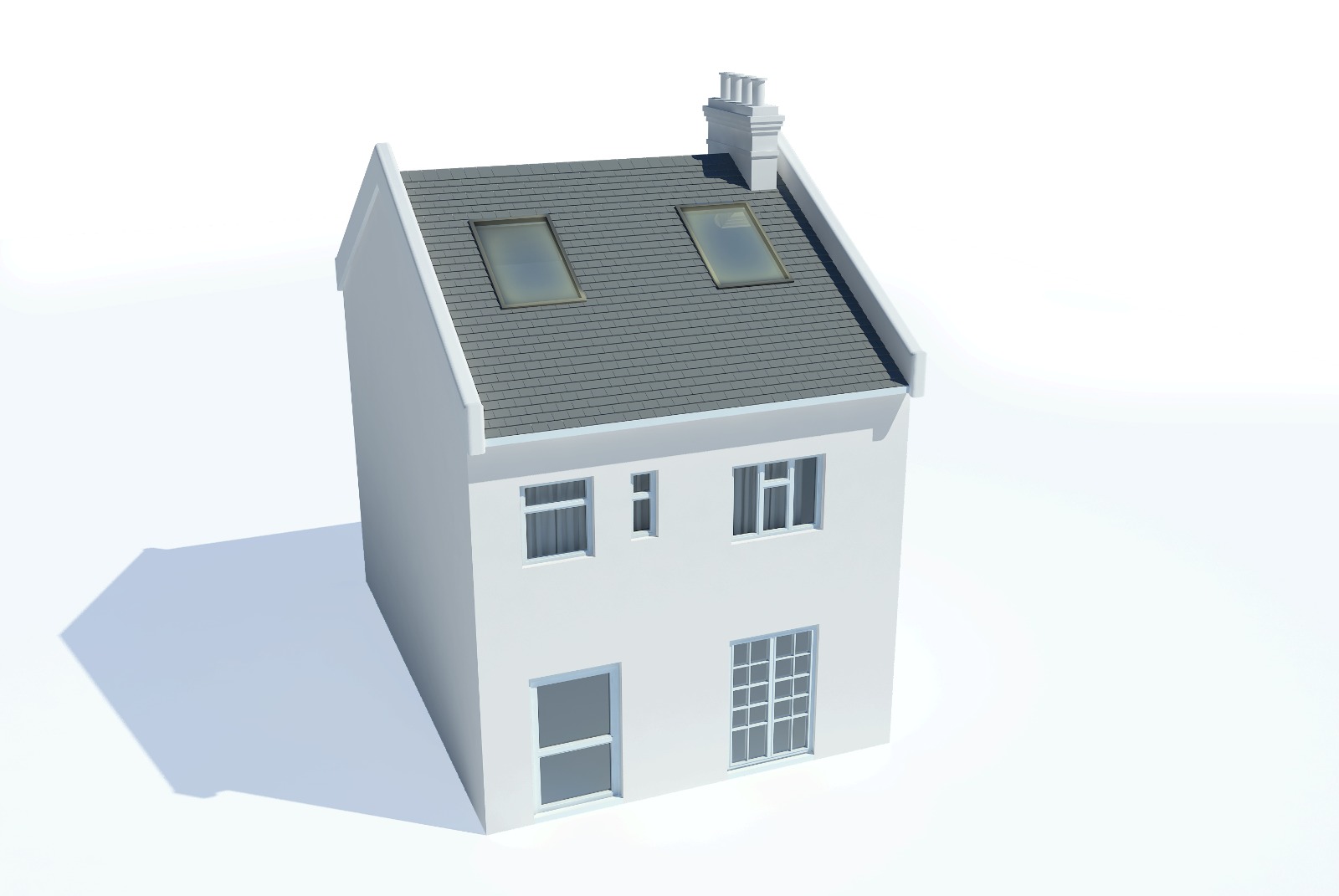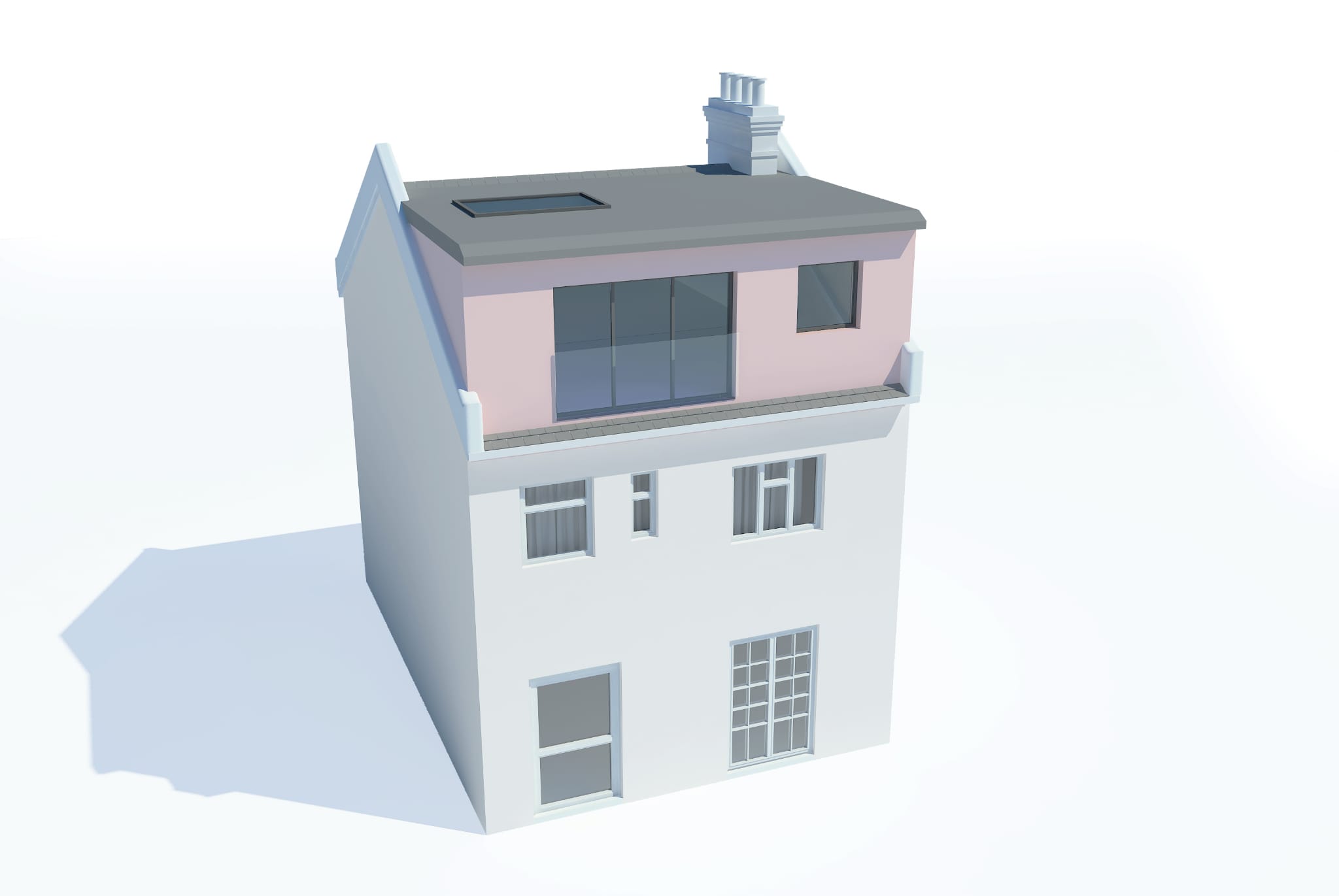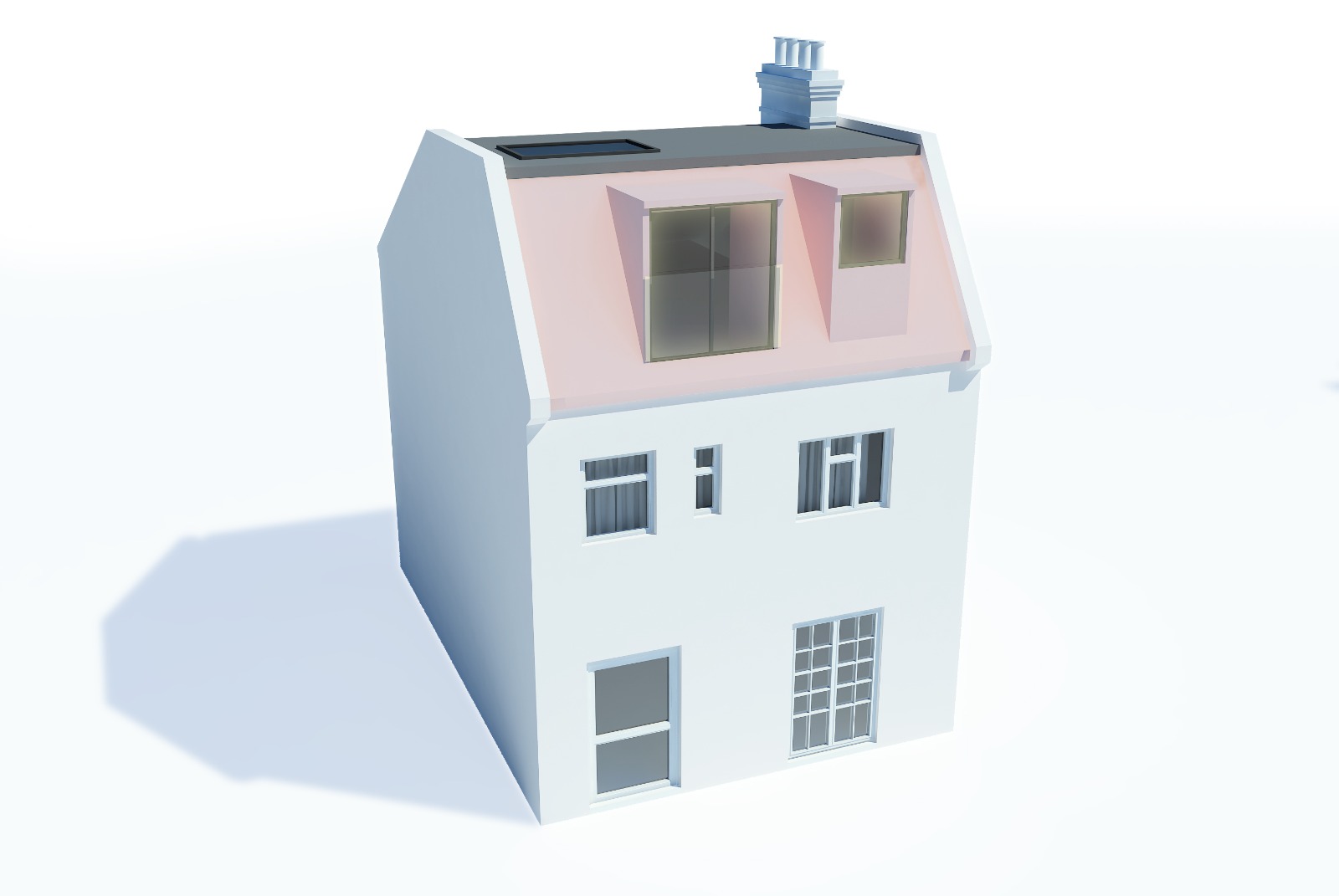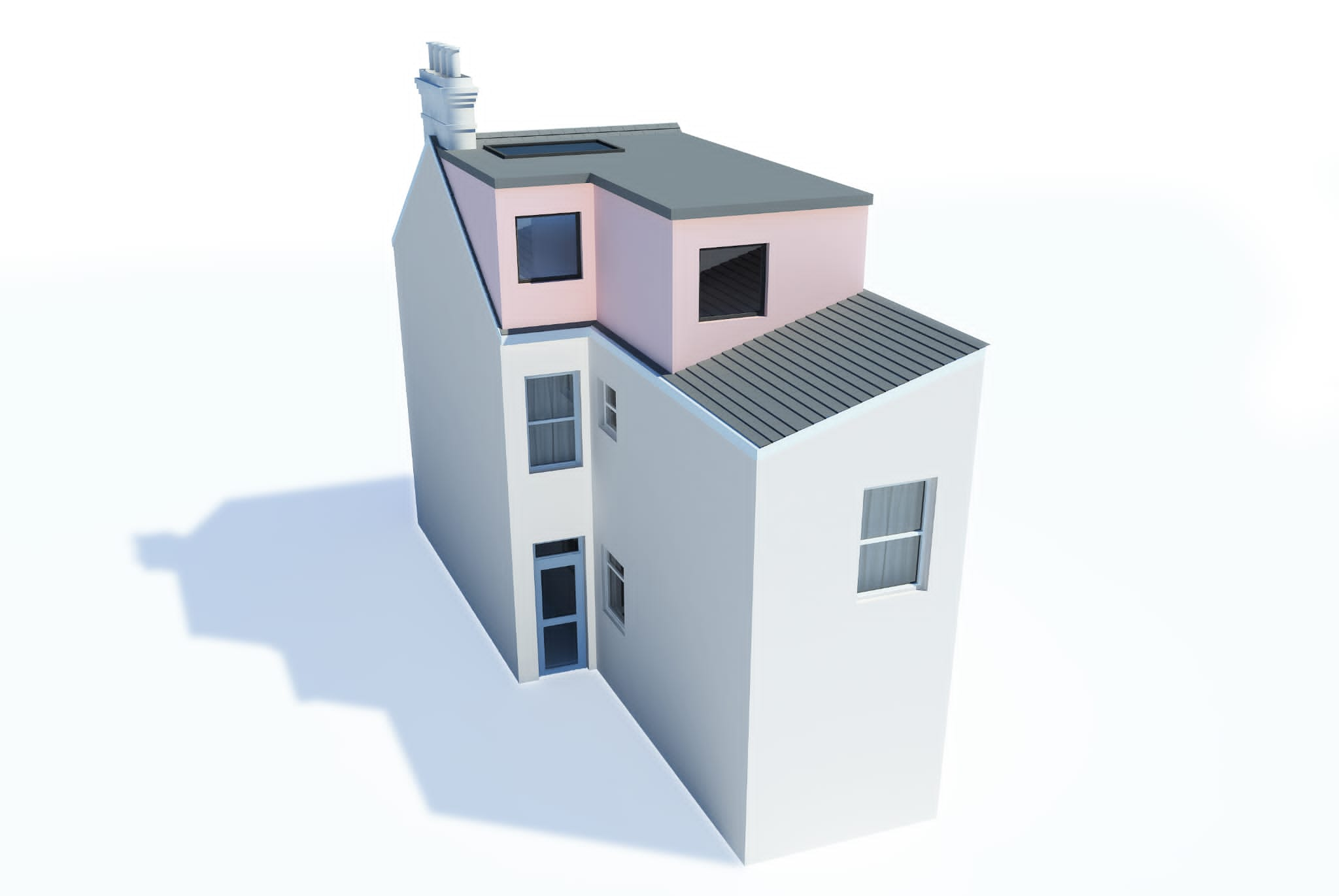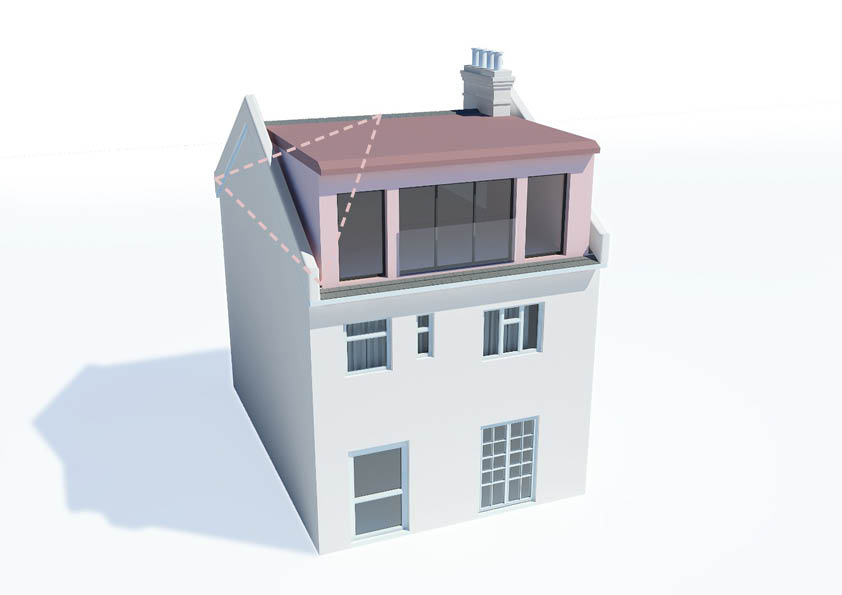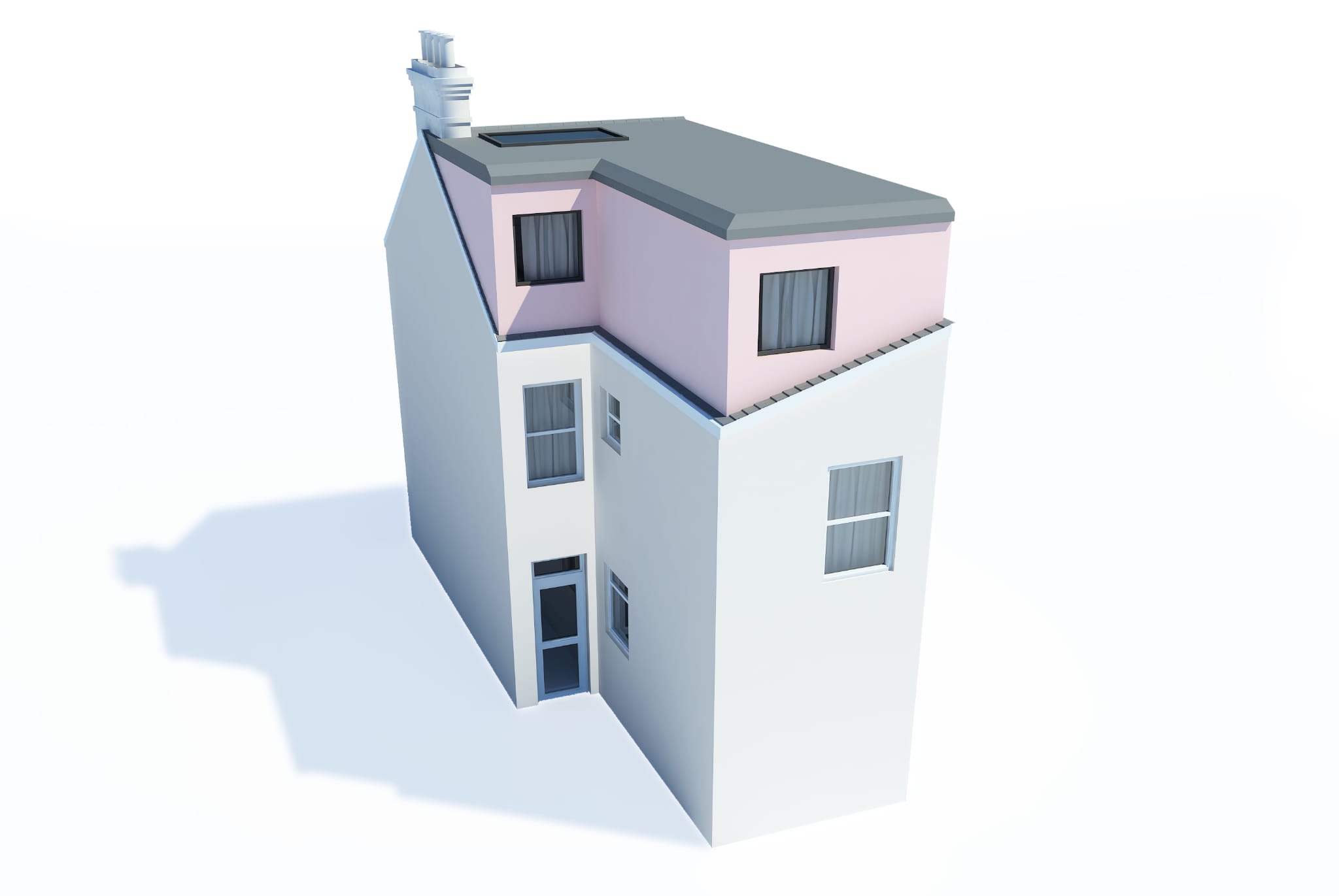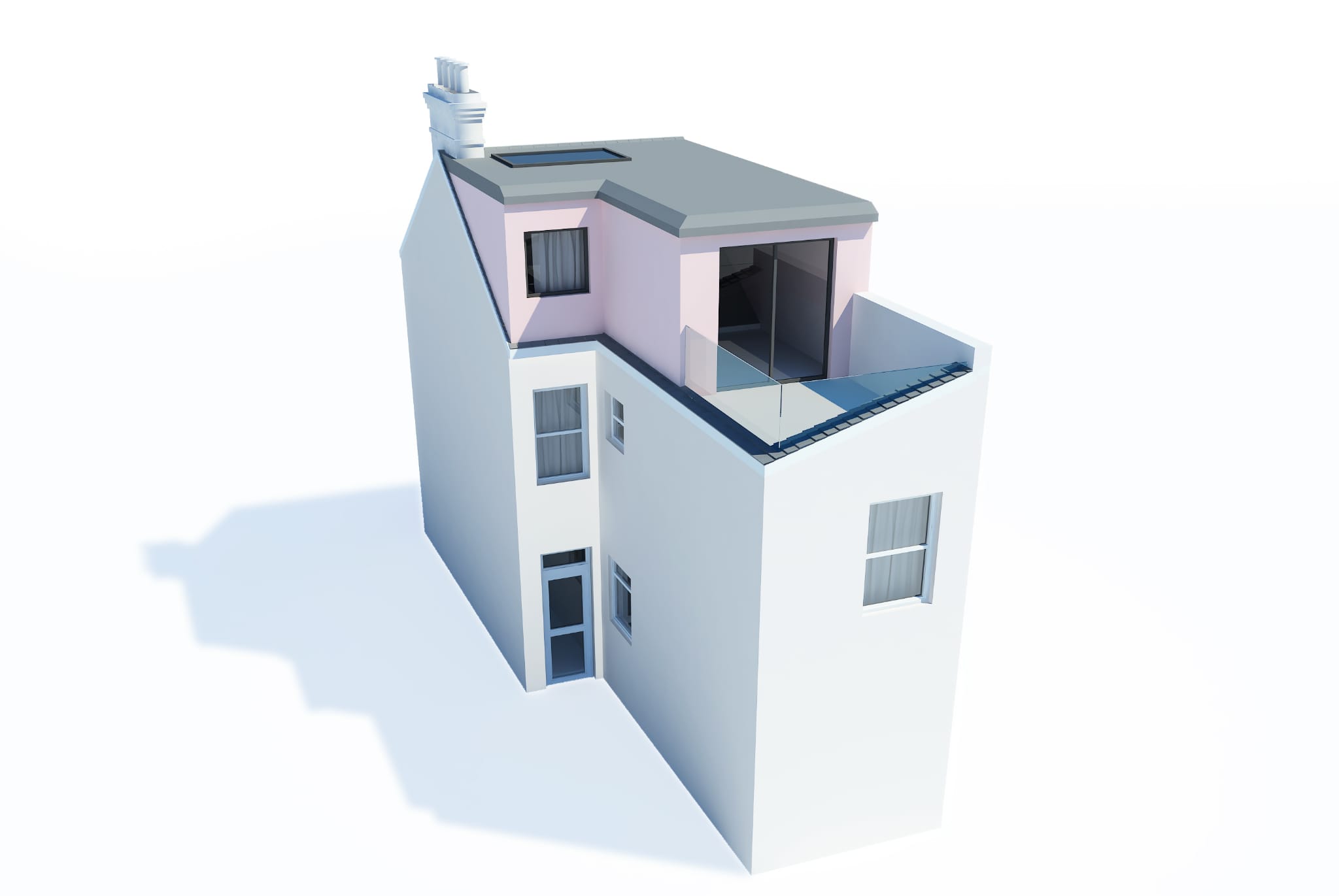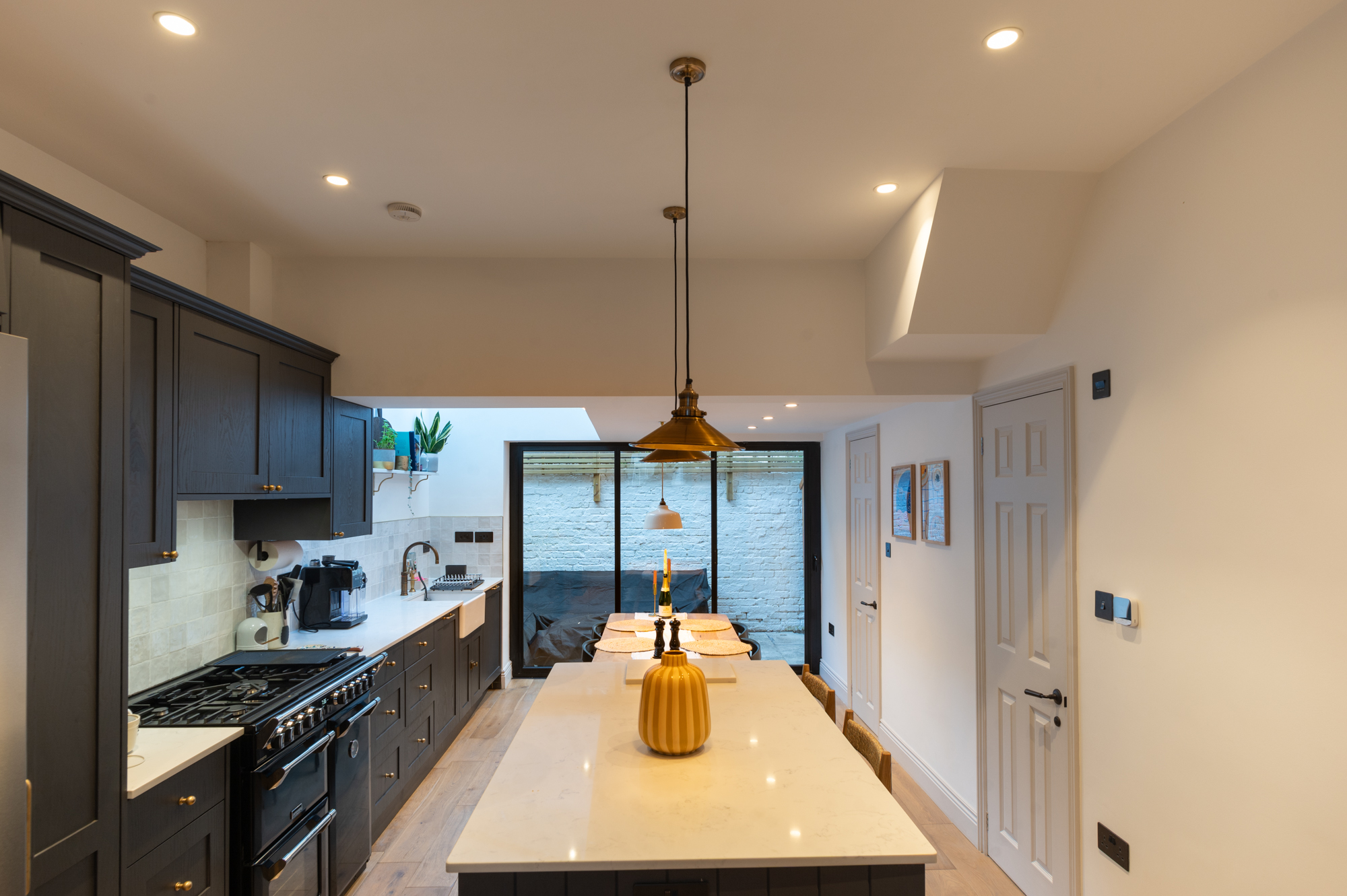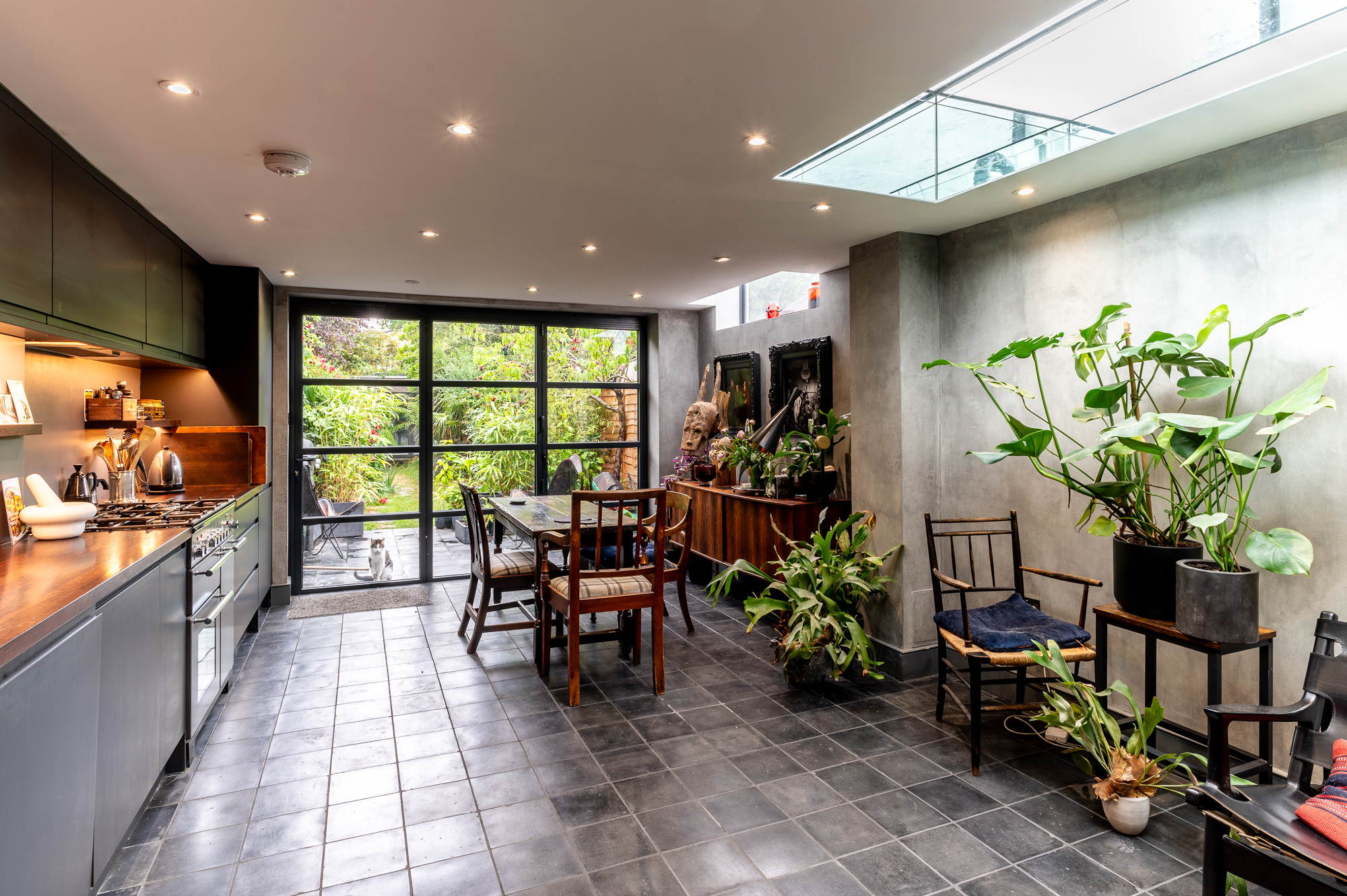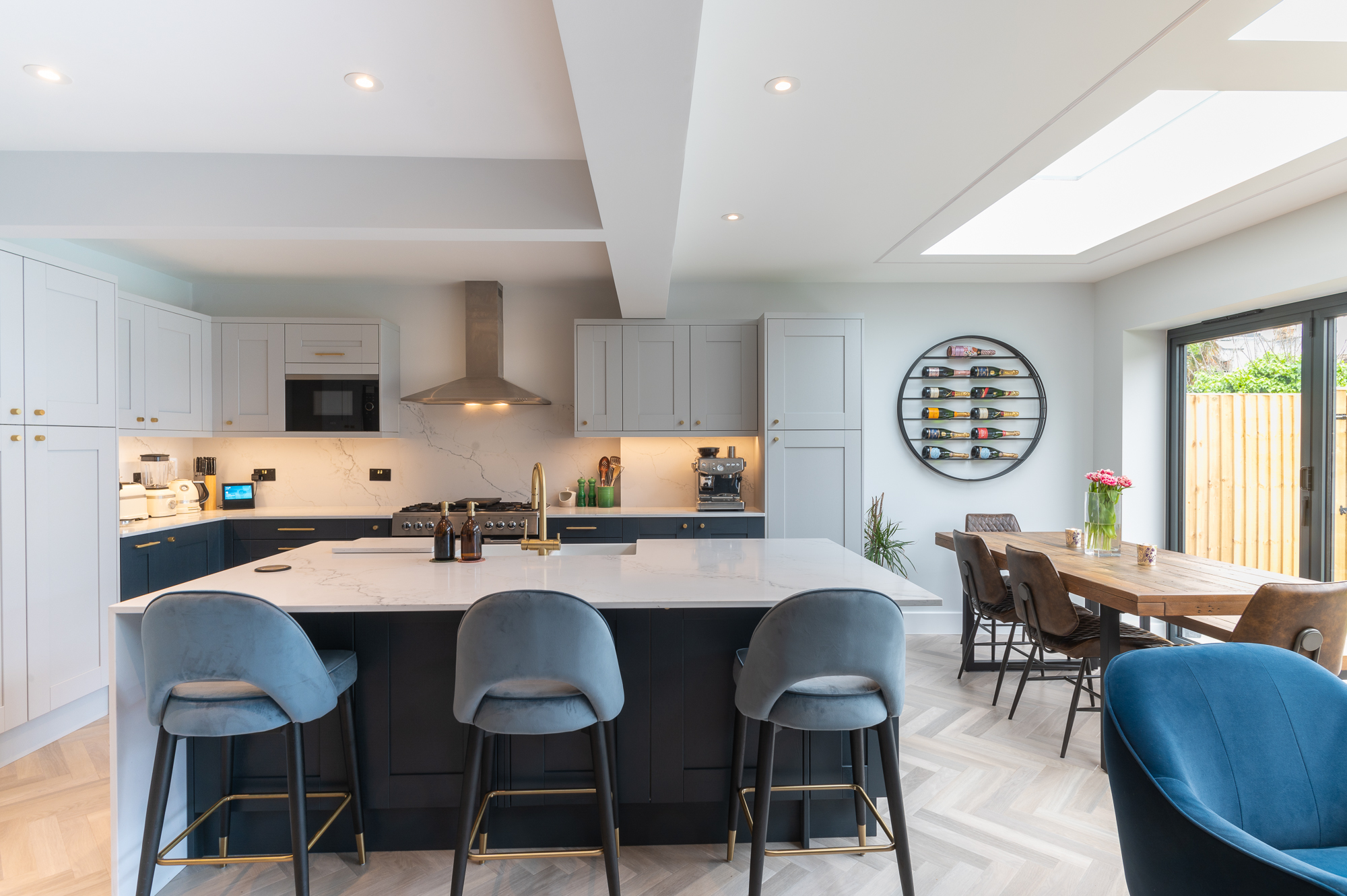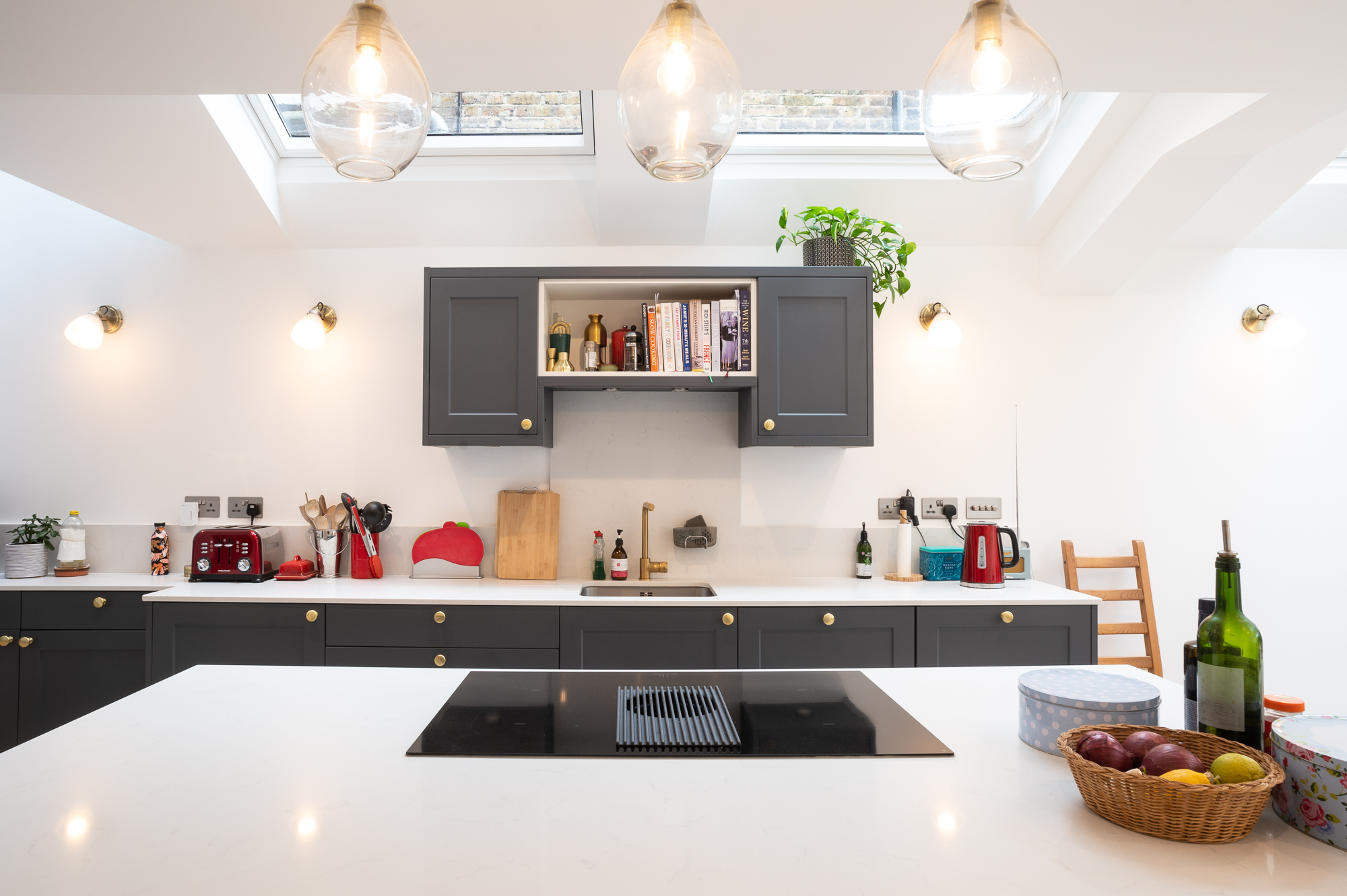If you’re looking for some extra space in your home, without the hassle of an extension or moving into a larger house, then loft conversions Surrey are a smart way to achieving your perfect home.
As loft conversion specialists Surrey, our guide will help explain many of the steps and actions needed for smooth loft conversions Surrey, from local planning regulations, to costs, and even the type of loft conversion best suited for your roof structure.
If the home has reached its capacity it is well worth pursuing a loft conversions Surrey. It will provide the home with additional space whilst also adding to the property value. However, converting your loft requires careful consideration and careful planning, which is where the expertise and guidance of a loft conversion architect will be essential.
Some of the areas to consider are:
Planning Permission for loft conversions Surrey
Does a Loft Conversion Require Planning Approval?
As you are not changing the existing footprint of the dwelling loft conversions are known as Permitted Development (PD). The design of the project will have to conform to a number of requirements.
There are some exceptions to this rule and planning permission will be needed if:
Building Regulations for loft conversions Surrey
Building regulations differ slightly from planning permission and whereas you don’t always need planning permission, you will need to obtain building regulations approval.
A building control surveyor will inspect your loft conversion during various stages and will also be responsible for issuing a completion certificate upon the final inspection.
During the building regulation phase, it will be clear if the works fall under the Party Wall Act. If you have a semi-detached or terrace you are required to notify your neighbours of the planned work.
Loft conversion suitability
When assessing your loft space’s suitability for conversion you have to consider a number of various factors:
Structure
Traditional frame type roof structures are often the most ideal for a loft conversion. Opening up the space is relatively easy and inexpensive.
Trussed roofs will be a little more complicated as they may involve inserting new steel beams between loadbearing walls.
Pitch
The higher the angle of the roof pitch the higher the central head height is likely to be. Special designs can be created to use the dormers or redesigning the roof to create a floor area that allows consistent headspace in the entire room.
Roof height
When you measure from the bottom of the ridge timber to the top of the ceiling joist, you need to have at least 2.2m of usable space for a conversion to be suitable.
This will create the loft conversion but living space needs to be taken into consideration. Although there are no firm building regulations on ceiling height, you should consider at least 2m of headroom to accommodate the staircase.
If your property does not have the desired height, there are two options available:
Fire safety
If the property is a single storey you will need to ensure that the new windows are large enough and low enough to escape from.
With a two storey property, things get a little more complicated. The loft conversion will transform the house into a three-story property. Escape windows which are over 4.5m from the ground are prohibited. If this is your only option, you are required to include a protected stair enclosure to lead straight down to the final exterior door.
Staircase
Available height is always one of the most important considerations of all loft conversions. The best location for a staircase is in line with the roof ridge. Other factors are:
Ceiling and Floor Joist
The majority of loft conversions will require new ceiling joists as the original joists are unlikely to be able to support a conversion floor (it’s not what they were originally designed to do!).
The new ceiling joists will span between load-bearing walls. They will be raised slightly above the existing ceiling plasterwork by using spacers below the joist ends. This spacing must be sufficient to prevent any new floor joist deflection from touching the ceiling plaster below.
The new floor joists of your loft conversion will need to offer at least 30 minutes’ worth of fire protection, which could mean re-plastering the ceilings in those first floor rooms below.
Loft insulation
A loft conversion can be insulated in two separate ways.
The simplest method is to use a ‘cold roof’ method. This is achieved by filling the space between the rafters with slab foam insulation and then ensuring there is enough space between the roofing felt and the insulation.
The second option is known as a warm roof loft insulation. This method uses materials such as covering capping over the rafters, tile battens and tiles.
The internal partition walls use a quilt that will provide sound insulation. Plasterboard is attached to one side of the wall then the quilt is inserted, followed by plasterboard on the other side.
There are quite a few recommended loft conversion companies Surrey for you to choose from to embark on this house transformation journey. Get in touch with us at Good Design & Build and let us be your trusted loft conversion partner.



